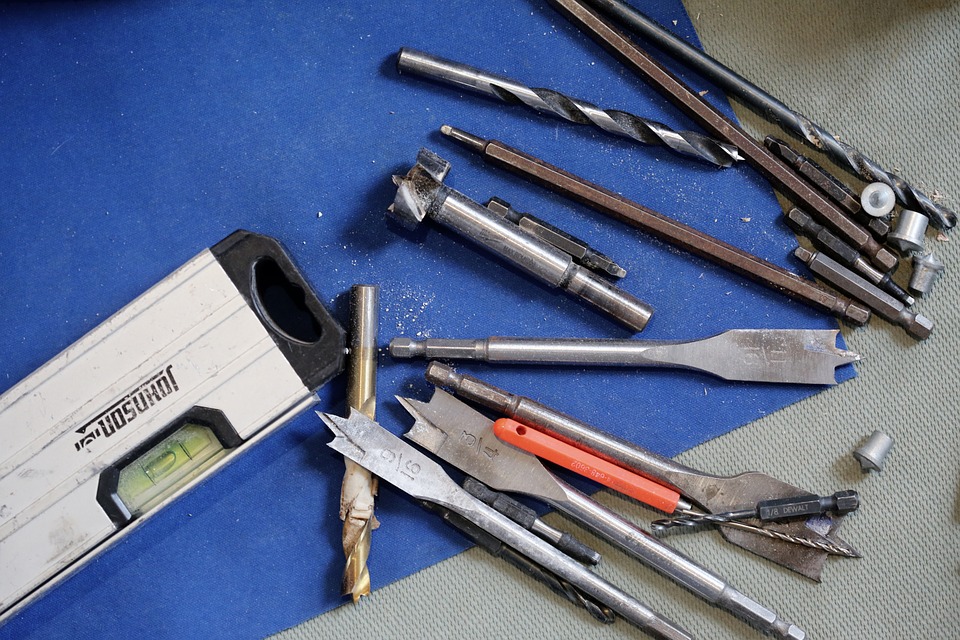FOUR WAYS TO TAME YOUR FAMILY’S WATER BILL

Water bill out of control? Your sleepy teen’s 30-minute showers might not be the only thing to blame. Your home can harbor hidden leaks that not only drain your wallet but could set you up for water damage.
Here are four places to look:
1. That occasionally dripping faucet. It may be hardly noticeable, but just 10 drips a minute add up to about 350 gallons of water a year. Worn rubber parts inside the faucet are usually the cause.
2. Leaking toilets. You can’t miss the sound of a running toilet at 2 a.m. But many toilet leaks are silent.
Test for leaks with food coloring. Remove the tank lid and squeeze in enough drops (green or blue works best) to turn the water a bright color. Don’t flush for 30 minutes. When time is up, check to see if any colored water from the tank has made its way to the bowl. If so, a worn flapper (an inexpensive replacement part) is likely to blame.
Next, add coloring to bowl and wait another 30 minutes without flushing. Then, using a white paper towel, wipe around the base of the toilet. Any color on the towel could indicate a failing wax ring and possible unseen water damage to your subflooring. Call a plumber to get it checked out.
3. Rusted water heaters. Does it seem like your water doesn’t get as hot as it used to? Do you notice a metallic taste in your water? Are rust spots showing up at the bottom of your water heater? How about moisture in its drip pan? Those are signs your water heater could be failing.
The lifespan of a water heater is usually just eight to 12 years. After that, they’re susceptible to catastrophic gushers or, more commonly, slow leaks that can rot out subflooring over time (a maintenance issue that your insurance can’t cover). Having seen so many failed water heaters, many of our adjusters simply replace theirs every 10 years!
4, Weak washing machine hoses. Laundry room leaks tend to go unnoticed until they’re impossible to ignore – flooding the entire room and beyond. Check washing machine hoses for cracks and leaks. If the hose is more than five years old, replace it with a quality high-pressure, durable steel-mesh hose (they cost only a few dollars more than the much more vulnerable rubber kind that likely came with your washer).
Consider buying water sensors
Water-leak damage builds over time. Fortunately, a water sensor can alert you to trouble before structural damage sets in. Place sensors near washing machines, hot water heaters, toilets, dishwashers and ice-makers. When you link the sensors to your smartphone to receive alerts, you’ll earn a discount on your insurance.
And a bonus tip: Even if you install water sensors, it’s a good idea to shut off your water when you’re heading out of town.
They also have a video! Please visit the link below and check that out.
Source: PEMCO: Four ways to tame your family’s water bill